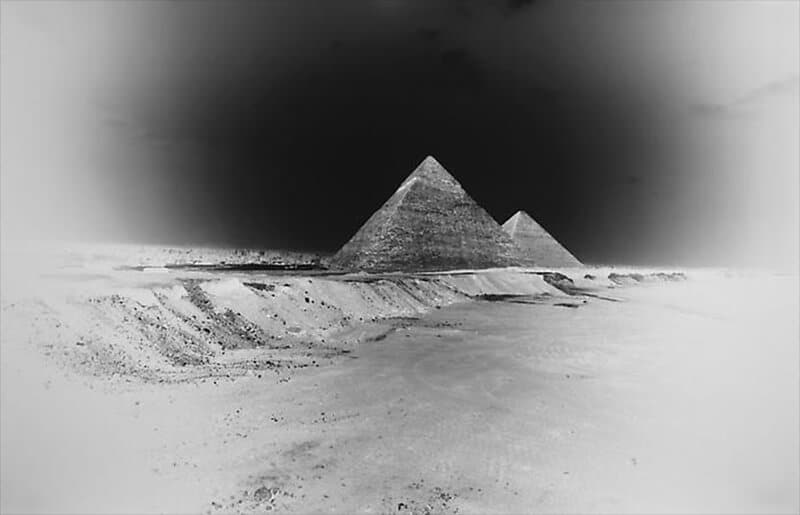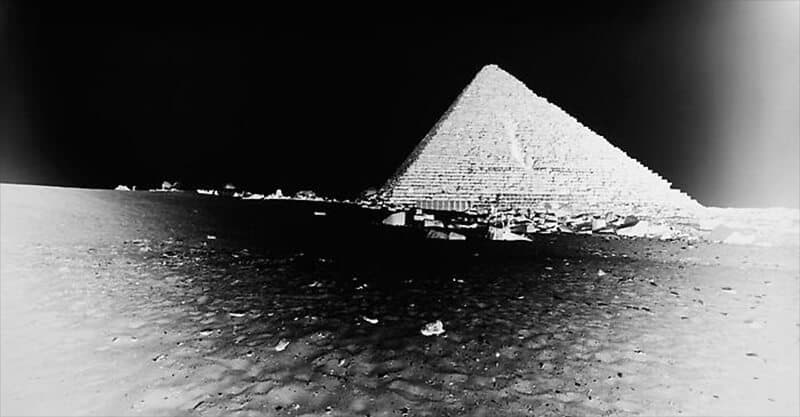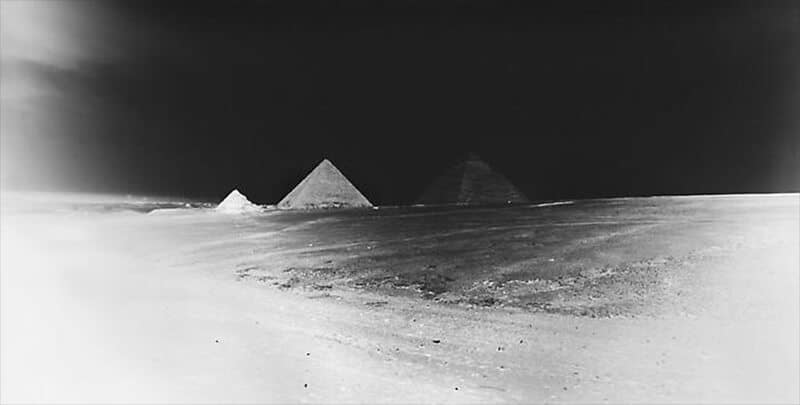
A camera is a room and a room is a head, and the head is constantly being filled with images it has to process and make sense of. A person born blind whose sight has recently been restored will initially see the world as planes and blobs of light, until the brain has caught up enough with its new stimuli to package the planes and blobs into names, at which point images distinguish themselves from the murk. A camera obscura can replicate that pre-linguistic, undifferentiated stream of visual stimuli, streaming the outside world onto its dark walls in unexpurgated flow. The history of photography – which began with those uncanny images projected, at first by a chance concurrence of darkness, light and a tiny aperture, later by design – is the history of a sudden revelation and its gradual wearing down into the commonplace. Little wonder the early large format landscape photography ofCarleton Watkins and Eadweard Muybridge has a visually ravenous quality about it. Trace the accelerated history of photography into the later twentieth century and there’s an almost palpable feeling of an appetite having been sated.
Vera Lutter made a camera obscura out of an old leather suitcase and took it with her to Egypt, surreptitiously making images of ancient monuments (local laws being fairly punctilious when it comes to photography). The intrepid Tintin-meets-Capa narrative is a reminder that the romanticism thoroughly leached out of conventional ‘fine art’ in the 1960s still has a home in photography. Curled at their edges, intimate in scale, their clandestine provenance becomes part of the meaning of each work. The resulting negative images are as unsullied a representation of the pure photographic image – photography as ‘light writing’ – as a fixed image can be. Lutter’s photographs are, in other words, what images look like before language makes sense of them, and her practice involves geographical locations that are swamped and steeped in language: Manhattan, Venice, Egypt. Unphotographable places.

Lutter’s process requires a long exposure of light to photographic paper, which makes them images of time as much as place. Spectral human presences, too fast-moving to be captured, flit around the borders of the images while, lodged in the compositional center, the pyramids squat, monumentally enigmatic, temporally indifferent. There’s a technological lineage being enacted, too: there are (speculative) beliefs that camera obscuras were used as part of sun-worship ceremonies in ancient Egypt. The markers of human civilization — technology, monumental architecture — remain, while humans themselves flicker in and out, like the shadows of mosquitoes.

That Lutter’s images are negative is a reminder not only of her artistic territory – the threshold between the seen and the understood, the transitional space between the reception of light and its processing into visual coherence – but also a visual correlative for the nature of the ancient past. White dust skitters across lunar black plains; the white peak of a pyramid, like a dinosaur’s tooth, is pinned against a starless black sky. In negative, the pyramid appears to radiate light, like that of a dead star. What’s brought to mind is Michael Chabon’s comment on the work of Ben Katchor: “the past is another planet; anyone ought to wonder, as we do, at any traces of it that turn up in this.”